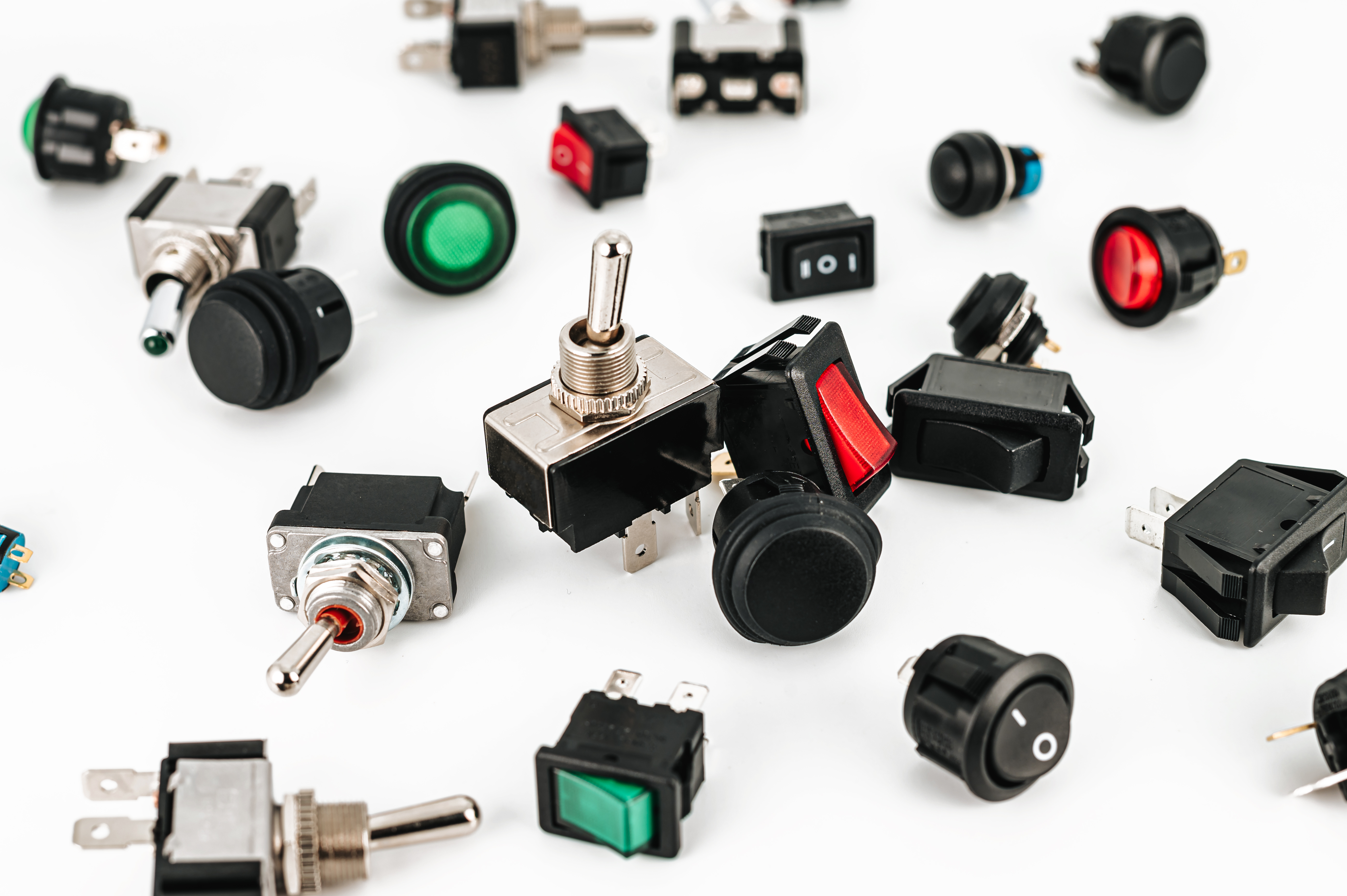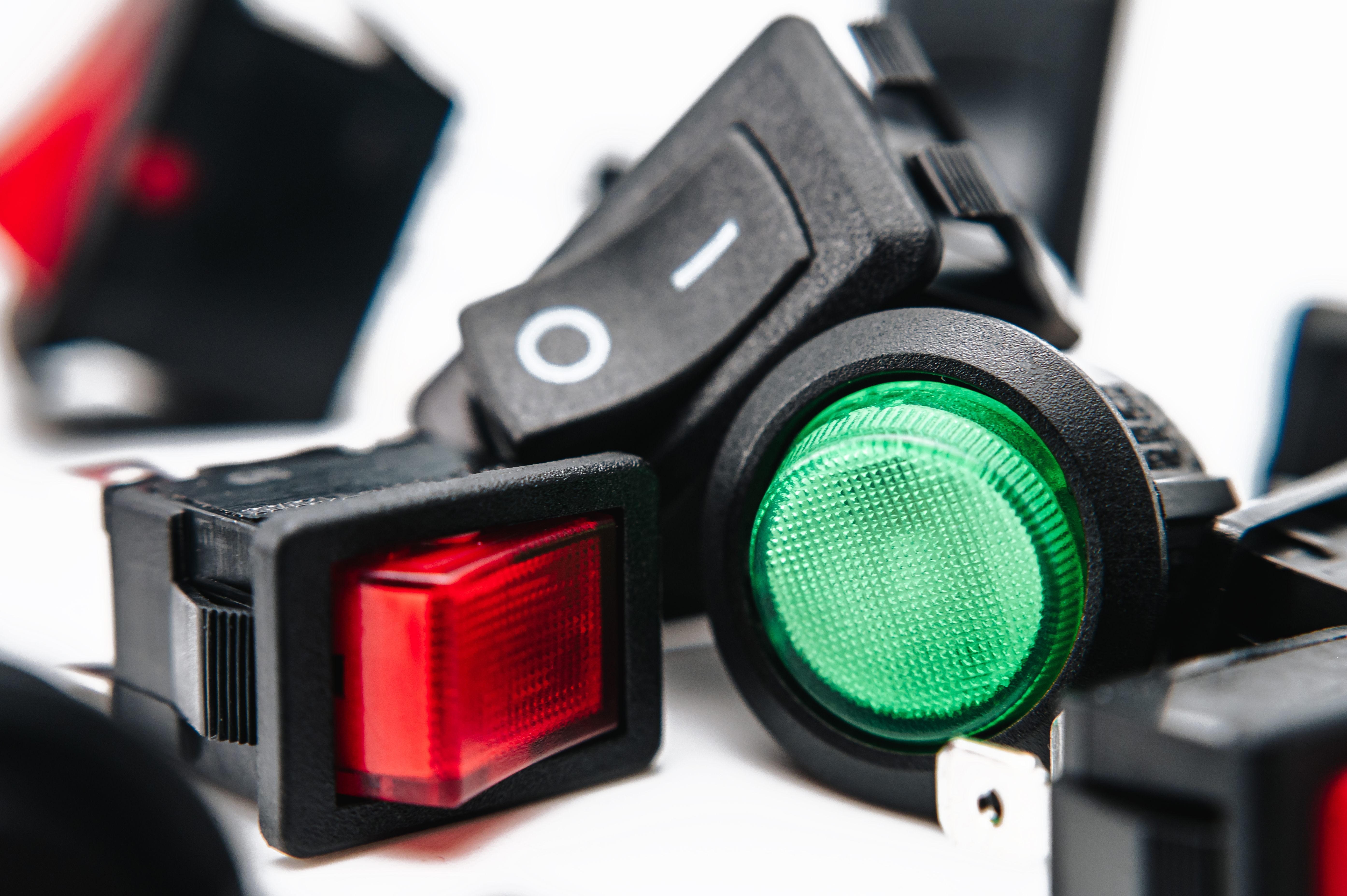
In a world of increasing automation, reliability and control are non-negotiable. Mechanical switches continue to play a critical role in industrial systems—offering unmatched durability, precision, and simplicity. This article explores the key types, benefits, and applications of mechanical switches, helping engineers and manufacturers make informed decisions for optimizing their automated systems.
Mechanical switches are electromechanical devices with movable contacts that open or close an electrical circuit in response to physical action. In industrial settings, they are used to detect position, control power flow, and act as an interface between operators and machines. Their tactile and direct operation makes them indispensable for safety-critical and precision-demanding environments.
Types of Mechanical Switches Used in Industrial Automation
• Toggle Switches: Manually operated with a lever. Used for power control in machinery.
• Pushbutton Switches: Provide momentary or maintained contact. Ideal for start/stop operations.
• Rocker Switches: Feature a rocking actuator for simple power toggling in equipment.
Manufacturers often offer these switches in different series and configurations tailored for specific applications. Popular brands like Haimu are recognized for high-quality components.
• Durability: Designed to withstand harsh environments (dust, dirt, moisture, vibration).
• Precision: Accurate control and position detection—critical for safety and efficiency.
• Actuation Force: Carefully engineered to ensure reliability and user comfort.
• Versatility: Multiple configurations (pole, throw, actuator types) for diverse uses.
• Ease of Use: Simple manual operation or integration with automation systems
Mechanical vs. Electronic Switches
Mechanical switches rely on physical contacts to control current, making them ideal for heavy-duty, high-current applications. They’re robust, cost-effective, and easy to troubleshoot.
In contrast, electronic switches (based on semiconductors) offer faster response times, energy efficiency, and no moving parts—suitable for high-speed digital systems.
Many modern systems use a hybrid approach, combining both types to balance performance and reliability.

• Machine Tools: Position detection and power control.
• Conveyor Systems: Monitoring and directing item flow.
• Robotics: Position feedback for arms or grippers.
• Safety Systems: Emergency stops and interlocks.
• Process Control: Managing pumps, valves, and actuators.

Selection Considerations
• Contact Material: Affects resistance and corrosion protection.
• Actuator Type: Lever, roller, button, etc., depending on function.
• Environmental Rating: IP65+ for harsh conditions.
• Electrical Specs: Must match system voltage and current needs.
• Mounting Format: Ensure compatibility with control panels or enclosures.
Proper installation and regular maintenance are essential for switch longevity. Follow manufacturer guidelines, clean contacts periodically, and inspect for wear. High-quality switches reduce maintenance frequency and downtime. Use qualified technicians to ensure safety and performance.
Safety is paramount. Use switches with overload protection, grounding, and protective covers. Ensure they meet industrial safety standards. Routine inspections help mitigate risk from dirt, moisture, or mechanical wear.
Mechanical switches must comply with industry regulations regarding safety, performance, and environmental impact. Documentation and technical support from manufacturers aid in maintaining compliance and proper implementation.
Mechanical switches remain foundational in industrial automation, offering durable, precise, and cost-effective solutions for controlling processes and machinery. Understanding their features, types, and applications allows engineers to select the right component for their specific needs—ensuring safety, reliability, and productivity.






